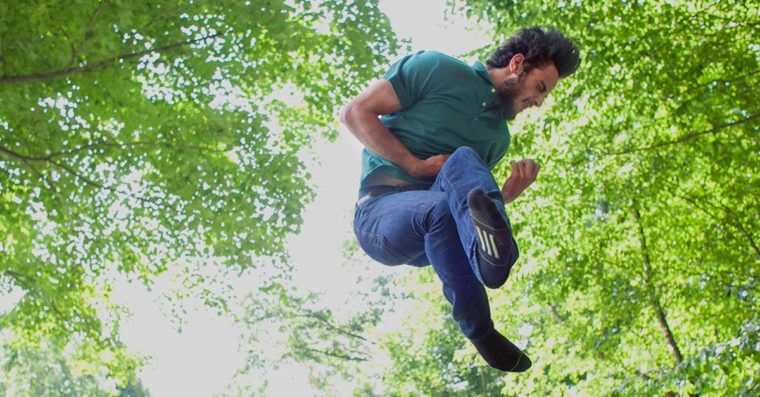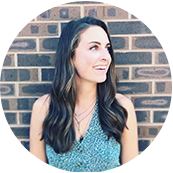7 Tips for Lowering Customer Acquisition Costs on Facebook

Facebook advertising budgets are a delicate balancing act even at the best of times. Your Customer Acquisition Cost walks a tight rope between profitability and excessive spending. Any small imbalance can add up to a loss of hundreds of dollars if multiplied across multiple transactions.
That’s why Tinuiti held an exclusive webinar on how to drive efficiency for your Facebook customer acquisition campaigns. These lessons come courtesy of Chelsea Dyjak, TInuiti’s Senior Specialist for Paid Social.

In this webinar, she addresses some common questions people ask about customer acquisition costs, Facebook Ads and how to make the most out of both. You don’t have to be a marketing guru to do it; you just need a good understanding of your audience and the ability to adjust to changes in performance.
First, some basics:
Customer Acquisition is the act of moving a user down the sales funnel from Awareness or Consideration stage down to making an actual Purchase. Customer Acquisition Cost is how much it takes for you to get them to buy.
This cost is calculated by dividing all the costs spent acquiring customers (marketing and advertising) against the number of new customers you pick up. If you spend $50 a year on advertising and get 50 customers, then you have a CAC of $1.
There are a number of excellent reasons why Facebook is a great place for ecommerce brands to acquire new customers:
So now that we’ve established Facebook as a valid customer acquisition platform, let’s shift gears and discuss how we can efficiently gather customers.
“Broader isn’t necessarily better,” Chelsea says. “Take a step back and evaluate your current core customers.”
Define the basics like demographics, but also define what a “new” user is. Some companies define a new user as one that has never purchased before, while others define them as one that hasn’t purchased in a year. Take a look at your own customer base and decide which definition makes sense given their buying habits.
“Lookalike targeting” involves targeting a new group of possible customers because they resemble your core group of target customers. T
he success of this strategy depends on the quality of your “seed list,” which is a collection of emails belonging to people with high buying intent. The seed list can be pulled from email segments or website interactions. You will want to stick to a 1% lookalike audience size for maximum relevance.
Short animated videos can do a lot to draw attention to your ad and increase engagement. These videos don’t have to be heavily produced; even slideshow videos or animated gifs can help your ad stand out against the static ads most people publish.
You only have a short time to catch people’s attention, so condense your message to 15 seconds and get to your point immediately.
Remember that most users don’t turn on their audio, so be sure to include subtitles in your video to convey your message to those audiences.
Use the medium to its best advantage. “Make your creative with mobile in mind,” Chelsea recommends.
Have the advertisement take up the entire device screen to ensure that the user is paying full attention to your message. Also, make sure that your brand is prominent and recognizable so that there is no confusion as to who you are and what you’re trying to say.
A quick survey of webinar attendees showed that most users have between two to six Facebook ads active at any given time. This is a good number if one is not currently doing any sort of testing.
However, if you want to do any sort of testing of your ads, you are better off running only two to three ads instead. The recommended practice in SVT is to change only one element of each ad and measure the performance difference between the old and the new versions.
The “single variable” component of this exercise is key, as this is what makes it possible for you to zero in on the changes that benefit you the most. You will continue to test and refine over time, and eventually, gather a huge amount of total incremental improvement.
Dynamic product ads for broad audiences aren’t as flashy as other ad types on Facebook, but can be just as effective in reaching new customers. They use user intent signals to determine who views the ads. Tinuiti has seen brands receive up to a 24% improvement of average CPA, and a 76% average increase in Return On Advertising Spend (ROAS).
Dynamic product ads don’t have to stick with static images, either. As per our advice above, you can actually add overlays to these creative assets to add motion and life to an otherwise plain advertisement. “Putting a new user incentive or discount will also help drive a higher click-through rate,” Chelsea adds.
Facebook rewards advertisers who have a strong and consistent presence on the platform. “Facebook says frequency is king,” shares Chelsea. She further recommends that brands make sure ads are displayed often enough to stay top-of-mind. 1.5 to 2 times a week is the recommended frequency if you can manage it.
Customer acquisition costs are simple to calculate, simple to understand and simple to improve. If you follow the principles of using motion in your creatives, tight and accurate targeting, and constantly testing and improving your ads, then you’ll quickly get the hang of controlling your customer acquisition costs.
Do you want to watch the presentation in its entirely? Click here!
